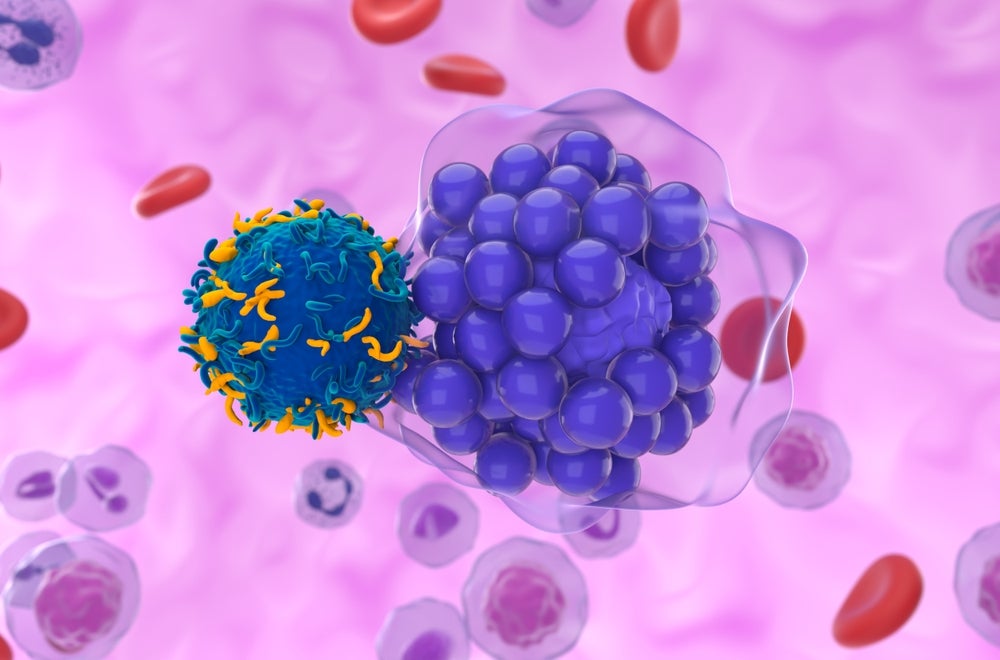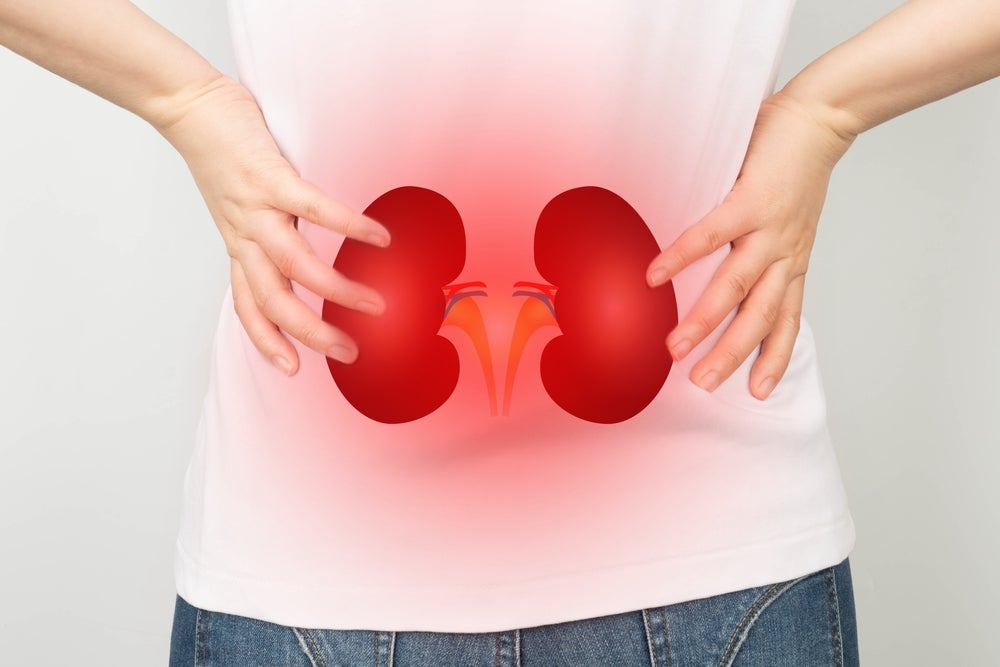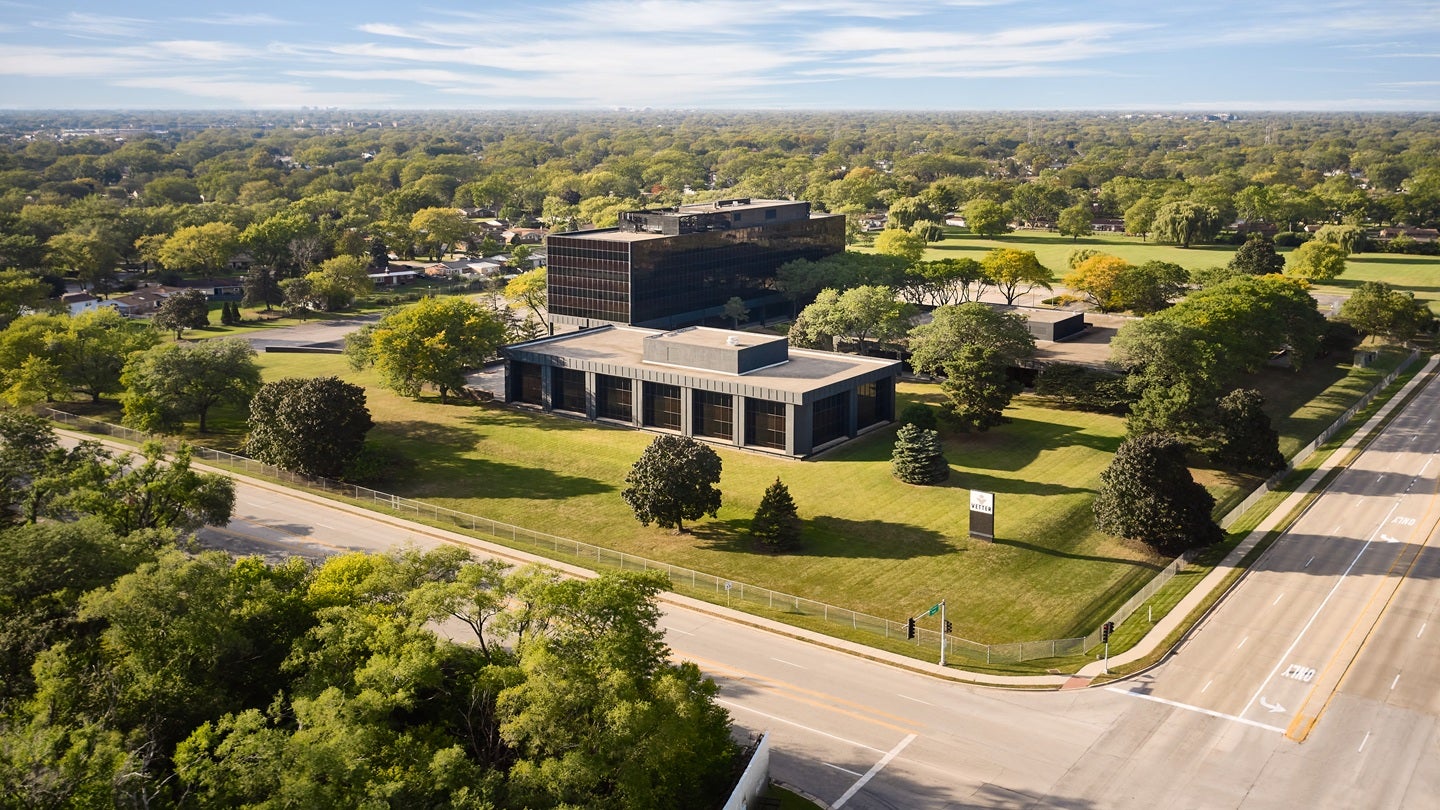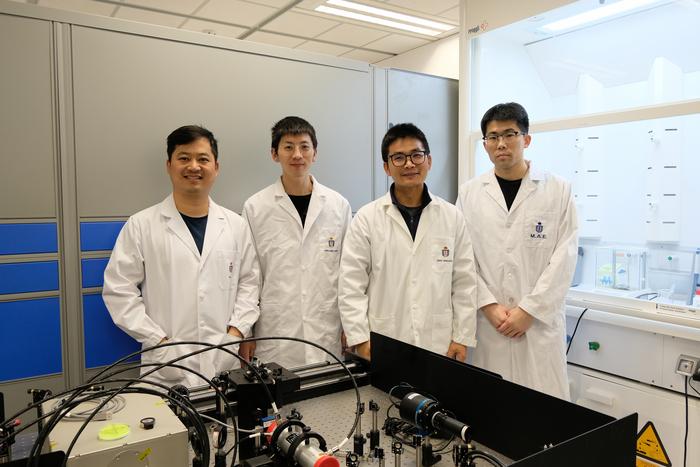LMNB2 Boosts PD-L1, Fuels Liver Cancer Immune Escape
In a groundbreaking study published in Cell Death Discovery, researchers have uncovered a pivotal molecular mechanism driving immune evasion in hepatocellular carcinoma (HCC), one of the most lethal and prevalent forms of liver cancer worldwide. The team, led by Li, Y., Zhu, J., and Zhai, F., has identified that LMNB2, a nuclear envelope protein traditionally […]


In a groundbreaking study published in Cell Death Discovery, researchers have uncovered a pivotal molecular mechanism driving immune evasion in hepatocellular carcinoma (HCC), one of the most lethal and prevalent forms of liver cancer worldwide. The team, led by Li, Y., Zhu, J., and Zhai, F., has identified that LMNB2, a nuclear envelope protein traditionally associated with nuclear integrity and chromatin organization, plays a surprisingly crucial role in the transcriptional upregulation of PD-L1, a key immune checkpoint molecule. This discovery illuminates a novel pathway by which liver tumors escape immune surveillance, offering promising avenues for therapeutic intervention.
Hepatocellular carcinoma is notorious for its poor prognosis and resistance to conventional therapies, mainly due to its ability to evade the immune system. Immune checkpoint molecules like PD-L1 are expressed on cancer cells to inhibit T-cell activity, effectively turning off the body’s natural anti-tumor response. While PD-L1’s role in immune escape is well established, the upstream regulatory mechanisms controlling its abnormal expression within HCC remained elusive—until now. The identification of LMNB2 as a transcriptional enhancer of PD-L1 unlocks a new layer of complexity in tumor immunology.
At the heart of this discovery is the function of LMNB2 beyond its canonical structural role. Typically, lamin proteins including LMNB2 are components of the nuclear lamina, providing mechanical support to the nucleus and contributing to gene expression regulation via chromatin interactions. The study reveals that LMNB2 directly modulates PD-L1 gene transcription, an effect previously unrecognized. Using extensive molecular and genomic assays, the authors demonstrate that elevated levels of LMNB2 correlate with increased PD-L1 mRNA and protein in HCC cells, suggesting a transcriptional regulatory axis.
.adsslot_SoXPrEDKH4{ width:728px !important; height:90px !important; }
@media (max-width:1199px) { .adsslot_SoXPrEDKH4{ width:468px !important; height:60px !important; } }
@media (max-width:767px) { .adsslot_SoXPrEDKH4{ width:320px !important; height:50px !important; } }
ADVERTISEMENT
The mechanistic insights were unveiled through a combination of chromatin immunoprecipitation sequencing (ChIP-seq) and reporter assays. These experiments showed that LMNB2 localizes to the promoter region of the PD-L1 gene, facilitating an open chromatin configuration conducive to transcription. Moreover, LMNB2 interacts with key transcription factors and epigenetic modifiers, orchestrating a transcriptional environment that upregulates PD-L1 expression. This mechanistic clarity not only establishes LMNB2’s novel function but also highlights potential molecular targets for disrupting the immune escape pathway.
Intriguingly, the authors demonstrated that silencing LMNB2 expression via RNA interference led to substantial reductions in PD-L1 levels, both at the transcript and protein scale. This effect sensitized HCC cells to cytotoxic T lymphocyte (CTL)-mediated killing, indicating that LMNB2 contributes functionally to immune evasion. In vivo tumor models reinforced these findings: LMNB2-depleted tumors exhibited diminished growth rates and increased immune infiltration compared to controls, underscoring the therapeutic potential of targeting this axis.
This research thus positions LMNB2 not merely as a bystander structural protein but as a critical regulator of immune checkpoint expression, redefining our understanding of nuclear lamina proteins in cancer biology. The implications are vast. Targeting LMNB2 or its associated cofactors could potentiate existing immunotherapies—such as PD-1/PD-L1 checkpoint inhibitors—by lowering PD-L1 expression and improving immune-mediated tumor clearance in HCC patients, where response rates to immunotherapy remain suboptimal.
Moreover, the study contextualizes LMNB2 in hepatocarcinogenesis by analyzing clinical specimens. Patient samples with advanced-stage HCC showed significantly elevated LMNB2 and PD-L1 expression, correlating with poor prognosis and reduced overall survival. This clinical correlation validates the laboratory findings and suggests that testing for LMNB2 expression might serve as a biomarker for immune escape propensity and therapy responsiveness.
From an oncogenic signaling perspective, LMNB2’s regulation of PD-L1 integrates with known pathways such as STAT3, NF-κB, and HIF-1α, which stimulate PD-L1 transcription under various tumor microenvironmental stresses. The study proposes that LMNB2 functions as a nodal point amplifying transcriptional outputs across these signaling routes, hence orchestrating a robust immunosuppressive phenotype crucial for tumor progression.
In addition to transcriptional regulation, the researchers explored the structural and epigenetic dynamics modulated by LMNB2. It appears that LMNB2-mediated chromatin remodeling creates a permissive context for PD-L1 expression by reducing nucleosome density and facilitating enhancer-promoter looping. This spatial chromatin remodeling adds a layer of epigenetic control, emphasizing the sophisticated regulation of immune checkpoints in cancer.
Therapeutically, the study advocates for LMNB2 inhibitors or molecules disrupting its interactions with transcriptional machinery as potential adjuncts to immunotherapy. While no specific LMNB2-targeted drugs currently exist, repurposing epigenetic modulators or developing peptides to interfere with LMNB2’s nuclear functions could be promising. Early-stage preclinical models combining LMNB2 suppression with anti-PD-1 antibodies exhibited synergistic tumor regression, highlighting the translational potential.
The research also encourages a reevaluation of nuclear lamina proteins in cancer beyond traditional structural roles. It suggests that other lamin family members might similarly regulate oncogenic transcription programs, broadening the horizon for nuclear envelope-targeted cancer therapies. These findings urge the scientific community to explore nuclear architecture as a dynamic participant in tumor immunity and chromatin biology.
Immunologically, disrupting LMNB2-mediated PD-L1 upregulation may restore robust T-cell effector functions, enhancing antigen-specific responses vital for tumor eradication. This aligns with the broader paradigm shift in oncology, prioritizing immune microenvironment reprogramming over direct cytotoxicity. The study therefore adds a valuable component to the evolving arsenal of immunomodulatory strategies.
In summary, Li, Zhu, and Zhai’s work uncovers a novel and unexpected role of LMNB2 in driving immune escape in hepatocellular carcinoma through PD-L1 transcriptional activation. This dual role of LMNB2—as both a nuclear structure protein and an immune checkpoint regulator—redefines its biological significance and opens new therapeutic avenues to enhance the efficacy of immunotherapies in liver cancer. As the field races to develop more effective treatments, this insight offers a beacon of hope for tackling the immune evasiveness of this devastating cancer.
Subject of Research: The regulatory role of LMNB2 in PD-L1 transcription and immune escape mechanisms in hepatocellular carcinoma.
Article Title: LMNB2-mediated high PD-L1 transcription triggers the immune escape of hepatocellular carcinoma.
Article References:
Li, Y., Zhu, J., Zhai, F. et al. LMNB2-mediated high PD-L1 transcription triggers the immune escape of hepatocellular carcinoma. Cell Death Discov. 11, 269 (2025). https://doi.org/10.1038/s41420-025-02540-7
Image Credits: AI Generated
DOI: https://doi.org/10.1038/s41420-025-02540-7
Tags: chromatin organization and cancerhepatocellular carcinoma immune escapeimmune evasion in liver tumorsimmune surveillance in hepatocellular carcinomaLMNB2 role in liver cancermolecular mechanisms in HCCnovel pathways in tumor immunologynuclear envelope proteins in cancerPD-L1 immune checkpoint regulationresistance to liver cancer therapiestherapeutic targets in liver cancertranscriptional upregulation of PD-L1
What's Your Reaction?

































